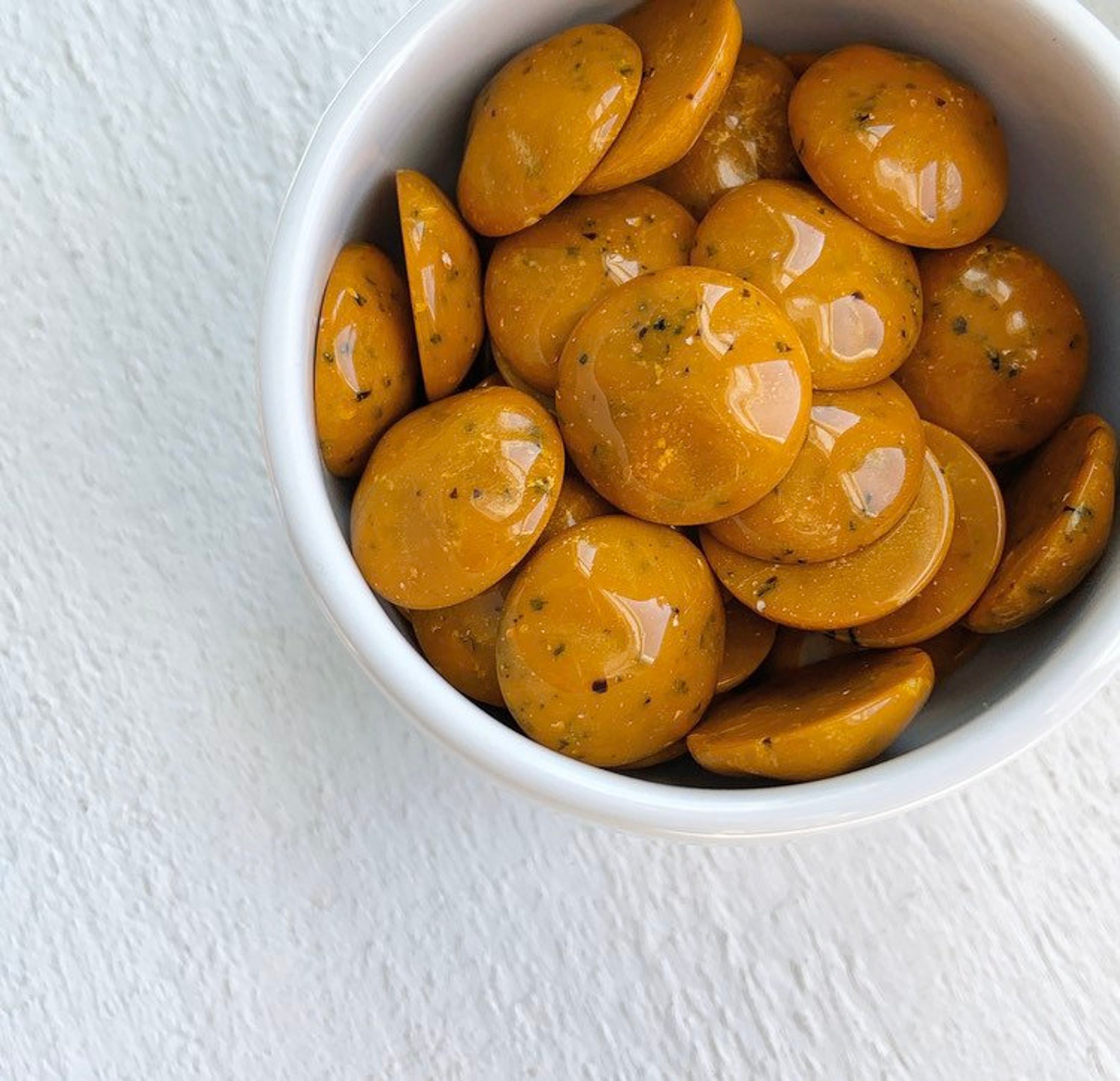

Posts without either OP text contribution in the form of top-level text comment or significant community involvement after 2 hours are subject to removal at moderator discretion.Ģ.) Be Nice /r/Bushcraft is a community of people with similar interests, and oftentimes different methods. Posts of links, videos, or pictures must be accompanied with a writeup, story, or question relating to the content. In this subreddit we discuss the development, and practise, of those skills and techniques, the use of appropriate tools, schools of thought and the historical context.ġ.) Discussion is the priority in /r/Bushcraft. Just keep the pivot oiled after this and it'll be fine, thicker better oils will stick there longer so invest in a good lube./r/Bushcraft defines Bushcraft as the usage and practice of skills, acquiring and developing knowledge and understanding, in order to survive and thrive in the natural environment. If you force a patina in the tang I would recommend you polish the patina off from the washer, pivot hole and lock travel surface area. Where the washers and lock are in contact with the tang the oxidation will also wear down, perhaps completely. With the patina I'm sure you can still achieve a reasonably smooth opening if you wear it down a bit but it won't be as smooth. The smoother and polished the tang area, the smoother the action. Now for the pivot, I highly doubt the action will be as smooth as it was without patina. The layer of patina will thicken slightly over long periods of time (darker color) and exposure to corrosive substances but deep pitting won't form, at least easily. Through diffusion it will still seep through the layer but this is VERY slow compared to direct contact. Then theres the uniform oxidation layer referred to as patina.įor more oxidation to happen oxygen is needed to be in contact with the material, when there is an even coating of oxidation, the oxygen can't get in direct contact with the metal. Getting rid of pitting is tricky and it can spread once the reaction has started. Oxidation can form as spots that with longer exposures lead to pitting, tiny black holes where the oxidation reaches deeper in the material. I keep all my knives and tools oiled as needed so I may be overly concerned for no reason.Įdit: I like the look of your GB blade and I think I'll try to put a pattern of some kind. This is my first non stainless steel knife. I wasn't aware I would be as concerned about long term corrosion as I am since M4 isn't a stainless steel. Has anyone ever done this and if so, were there any negative side effects to performance (stiff in opening or closing, etc.)? I really want this knife to last (Manix2 w/M4). If patina helps to prevent rust I was thinking the inside of the knife would be a good place to have patina. I've also thought about taking the blade out and getting a patina around the pivot area also. I'm probably going to do it again tonight to get a little darker color. The edge was dull to the point it wouldn't slice paper cleanly but a little stropping took care of that. There is a difference in color close to the handle where there wasn't any mustard.

It left a very consistant change in color where the mustard was. I covered my M4 blade with mustard for about 4 hours last night. If I were to do it again I would just use mustard cover the edge in a thin/meduim layer if mustard and let it dry. To cover it up and just to experiment I did stripes of mustard. Also since I didn't have anything on the top the other side of the blade pushing the rag down that side wasn't as dark. The problem was the vinegar pooled in some areas were you see the dark spots. I soaked the blade for about 6 hours in a vinegar soaked rag. When you put the mustard on let it dry before removing it, this will give you the best results.įor the blade in the pic. You also get different colors which IMO is nicer looking then strait vinegar, which will just give you a dark grey/black. Since its thick its easier to use on the blade without getting any on the edge which will dull the knife. There are several advantages to using mustard.


 0 kommentar(er)
0 kommentar(er)
